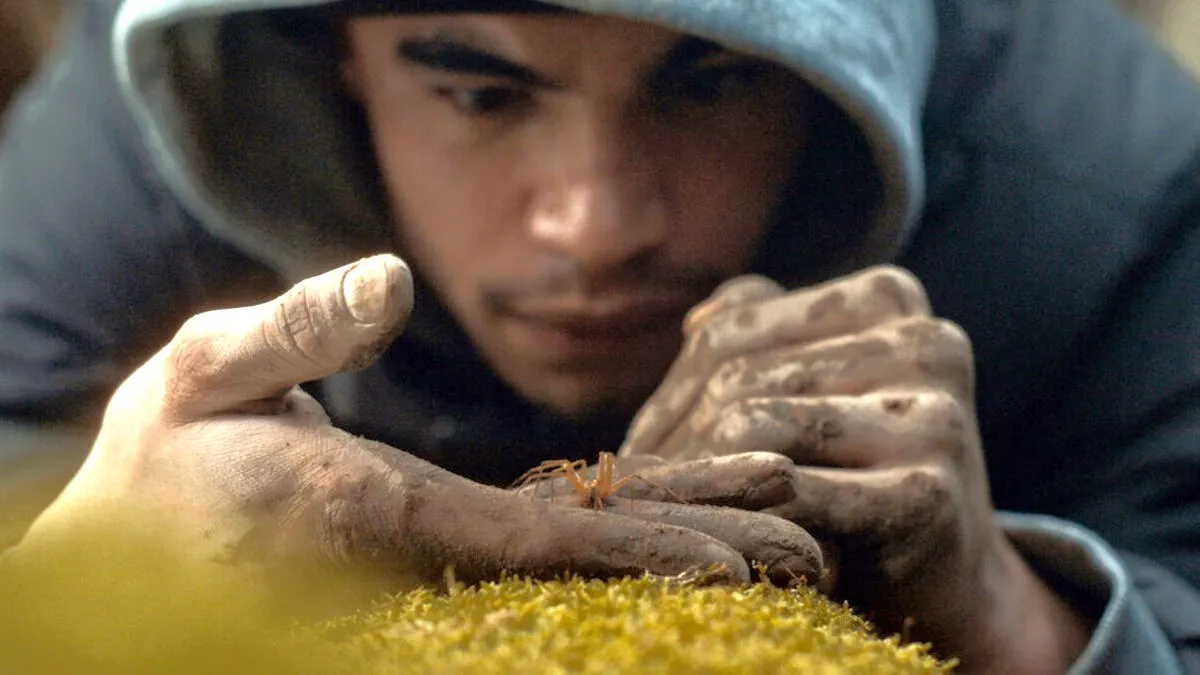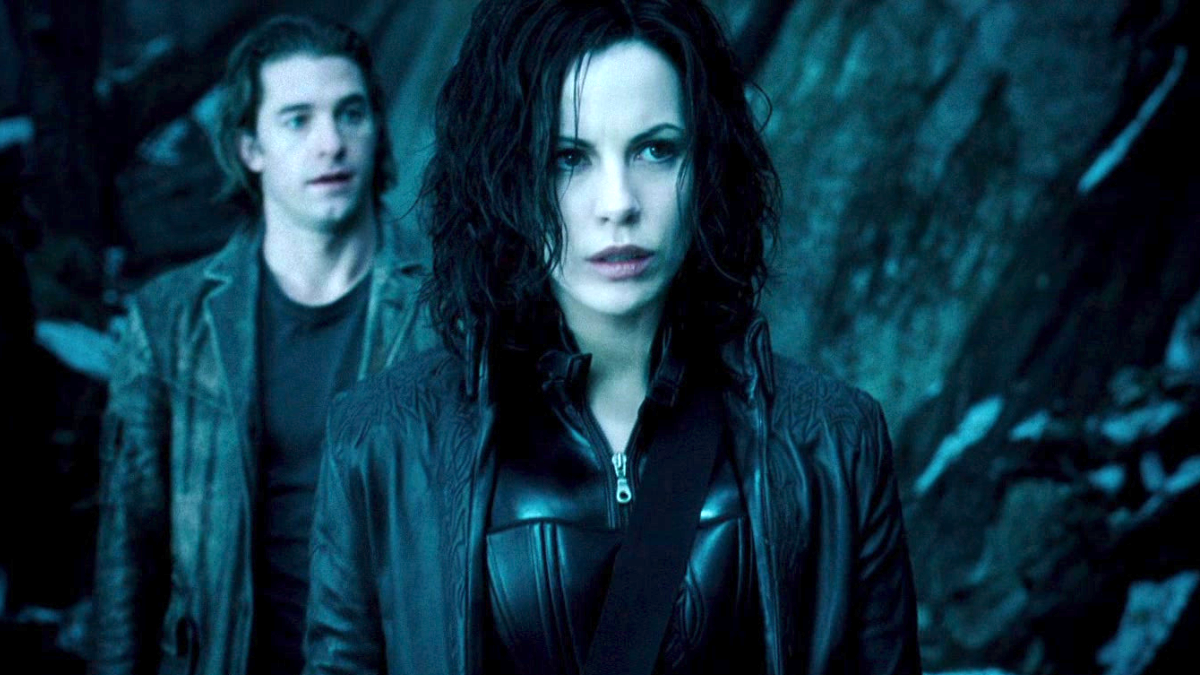
There’s a perceptible reverence for Sebastião Salgado and his work as a social issues photographer in the Oscar-nominated documentary The Salt of the Earth, out this Friday in New York and Los Angeles. Considering the filmmakers’ relationship with their subject, it isn’t hard to figure out why. Three time Oscar nominee and The Salt of the Earth co-director, Wim Wenders (Buena Vista Social Club, Pina) bought one of Sebastião’s photos when he first discovered him, and immediately became enchanted with both the photography and the man. Wenders’ co-director is Juliano Salgado, Sebastião’s son who first began filming his father when Sebastião asked Juliano to accompany him on a trip to photograph the reclusive Amazonian Zo’é tribe.
Wenders and the younger Salgado spent several years assembling a documentary that combines intimate behind-the-scenes moments alongside Sebastião as he makes progress on his “Genesis” collection with reflective examinations of Sebastião’s upbringing and most iconic photography. The co-directors are largely content with allowing the photographs to do most of the documentary’s storytelling. Sebastião’s narration peppers the film with details about the people shown in his photos, and both Juliano and Wim contribute their perspectives in brief voiceover; however, an amalgam of impressions gives the documentary the feel of a career overview, or a well-written Wikipedia entry.
Salgado has traveled throughout the world, from the epicentres of human rights disasters to the earth’s most remote locations. Since the 1970s, Sebastião’s focused his lens on gold miners at work in Brazil, firefighters extinguishing the Kuwaiti oil fires, illegal Central American immigrants migrating north, and much more, while also launching environmental foundations to preserve Brazil’s forests. The breadth of his experiences defies synopsis, and it also renders any attempt to capture the full scope of his career somewhat unsatisfactory, particularly at 109 minutes long.
The Salt of the Earth places many of Sebastião’s greatest images full-sized on the screen while asking the photographer to describe the events that lead to him taking those pictures. The way he recounts those experiences, however, lacks the detail necessary to imagine his past interactions. Sebastião’s photography provides stunning visuals, but the context offered is only a tease of much more interesting stories.
That being said, the photos displayed are quite gorgeous. His striking black and white photography fills each frame with distinguishable textures, and even the ugly can seem beautiful through Sebastião’s eyes. Since the filmmakers chose against deep dives into the backstory of selected photos, you almost wish they had included even more of his exquisite work.
Still, Sebastião’s life is simply too intriguing for The Salt of the Earth to ever become boring. Beyond his photography, and even his philanthropy in creating a massive Brazilian nature reserve and the Instituto Terra, Sebastião’s journey to prominence includes fascinating specifics. Salgado holds a master’s degree in economics from the University of São Paulo, and began his photo work while traveling to Africa on assignments from the World Bank. His projects kept him away from home for long periods, so his wife and creative partner Lélia Wanick Salgado spent prolonged stretches of time by herself, taking care of their two sons, the youngest diagnosed with Down Syndrome. Unfortunately, many of these aspects of the photographer’s life are ultimately overlooked by Wenders and Juliano Salgado, essentially mentioned in passing. The filmmakers’ approach spurns nuance in favor of a sense of comprehensiveness.
Still, despite the desire to learn more about the important photographer’s ability to evoke so much from a single picture, the elements presented within The Salt of the Earth remain compelling throughout. It’s clear to see why both Wim Wenders and Juliano Salgado seem to share an admiration for Sebastião, but their decision to paint the photographer’s story in broad strokes leaves details out of focus.






